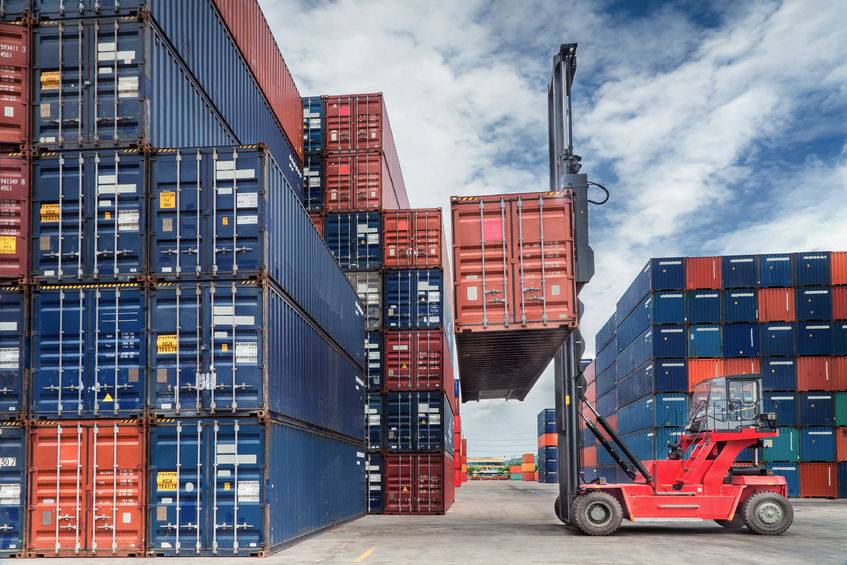
Food exporters have urged the government to make progress in securing continuity deals for EU preferential trade agreements as no-deal uncertainty grows.
UK businesses currently benefit from more than 40 trade agreements with 76 countries as a member of the EU.
Exports to these countries were worth £3.1bn in 2018, which represents 14% of total UK food and drink exports.
However, to date, just 15 of more than 40 deals have been successfully concluded, representing 43% of the UK's food and drink exports to nations where there is an existing trade agreement.
The Food and Drink Federation (FDF), in a new report released today (27 September), says that continued access to EU preferential trade agreements are 'vital' to avoid a sudden drop in exports.
Loss of access to these agreements is a major concern for exporters, which has consistently been highlighted in quarterly business confidence surveys.
Ian Wright, chief executive, says FDF has 'serious concerns' that the UK faces the loss of essential market access to a wide range of EU trade deals in the event of a ‘no-deal’ Brexit.
“This will undermine our impressive export performance. It will also restrict our access to essential ingredients and raw materials,” he said.
“Government must deliver on its promise to ensure there is no loss of access to any of these agreements after the UK leaves the EU.
“The failure to secure continuity agreements with these markets will place UK manufacturers at a competitive disadvantage to EU competitors.
“That will harm the interests of UK consumers.”
It comes as new figures show UK food and drink exports increased by 5.1% to £11.3bn in H1 2019 compared to the same period in 2018.
However, the rate of growth is lower than that seen in H1 2018, which saw an increase of 5.7%.
